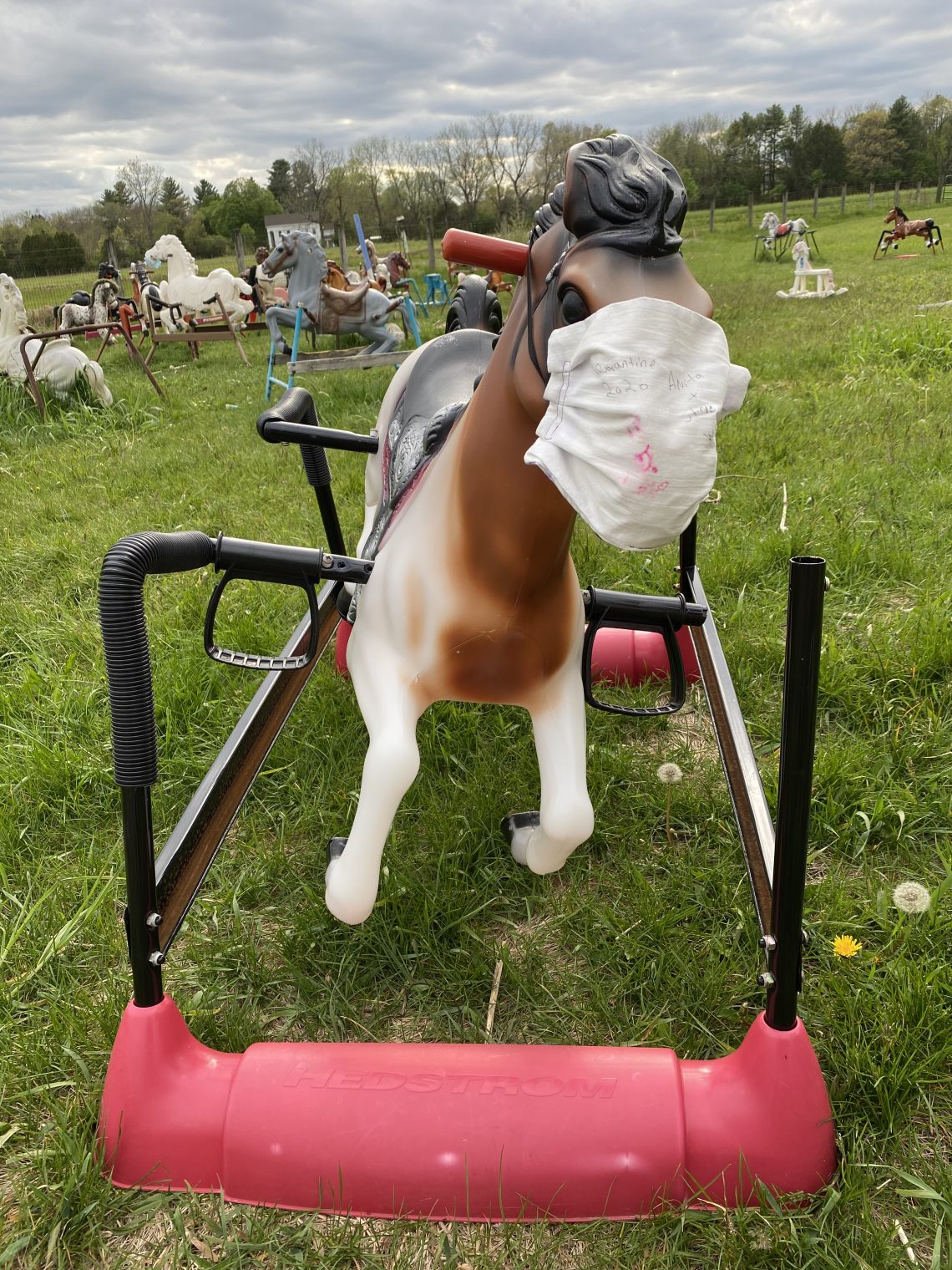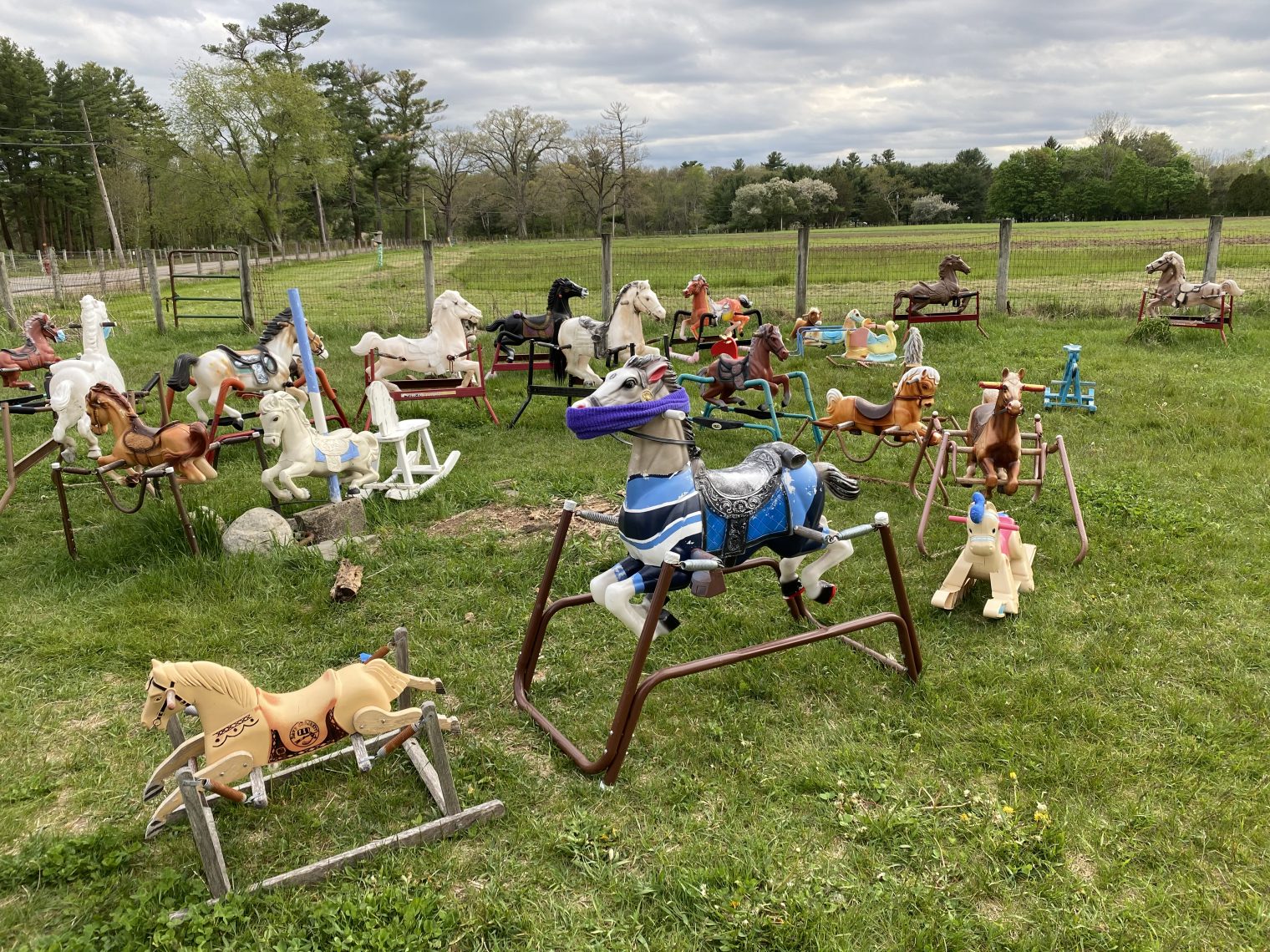“Can Coronavirus Contact Tracing Survive Reopening?” (New Yorker, June 12) could be the poster child for “TL:DR”. Some high points:
Massachusetts created a pioneering program to track COVID-19 cases. Its challenges are multiplying as the state reopens
The marginal position of the Brazilian immigrants in Massachusetts represented a potential hole in the monitoring system that the C.T.C. was trying to build. Welch had come up with a characteristically P.I.H. solution, which was to fill that hole not with a protocol but with a person, Comin, whose life experience meant he might be trusted by the people he interviewed. Comin had arrived in the United States at the age of nineteen, a punk-rock enthusiast who came to Massachusetts because his aunt lived there; after his tourist visa expired, he was grateful for the older immigrants who had explained the rules of a new country to him—how, for example, when you stopped at a stop sign, you really had to stop, in order to avoid being arrested. To Comin, teaching people how to isolate at home during a pandemic, when they might not be here legally or have health insurance, was something like explaining the full and complete stop.
Throughout the spring, the Massachusetts contact-tracing program got faster. It took between three and four days for the C.T.C. to learn of a positive test, but after investigators had that information they were able to reach seventy per cent of cases, and contact tracers were then able to speak to seventy-four per cent of those cases’ contacts. This still meant that nearly half of potential contacts never spoke with anyone working for the tracing program.
But, until June, Massachusetts remained under lockdown—a temporary and highly artificial situation in which each case had, on average, about two contacts. That changed with the George Floyd protests, when crowds returned to the state’s public spaces. … Wroe, the C.T.C.’s director of implementation and design, had her eye on the protests but said that they were simply too difficult to trace. When contagious people told investigators that they had travelled on a bus, or visited a nursing home, the C.T.C.’s protocol was to alert the local Board of Health and move on. Wroe also believed that Massachusettsans did not want a program that would find ways to track their public movements. She said, “I don’t think there’s much epidemiological advantage in chasing people down in public places, versus the very real risk of losing trust.”
The core of the problem is that we don’t have enough welfare for low-skill immigrants:
The social safety net for immigrants in Boston can seem so porous that it might as well be all holes. Baez has been trying to make it airtight. “What people really want is to feel secure,” he told me when I called him one evening in May, just after his shift had ended. He began to talk through the cases he’d worked that day. All of the adults in a household had tested positive for the coronavirus, and they wanted to know how they could safely share one and a half bathrooms without infecting the children, or re-infecting one another. Another call came from a pregnant woman—who, Baez said, was “the most nervous person I spoke with today.” She and her husband, who both work at McDonald’s, had tested positive and had to stay home for two weeks. She was worried about eviction, and money for the baby, if they lost their jobs. A call came from a woman who worked as a nursing assistant at an assisted-living facility, who had just tested positive, along with many of her colleagues. “Everyone on my floor got it,” she told Baez. She was isolating at home and needed a nebulizer for her asthma, but didn’t have a hundred dollars to pay for it, so she had to figure out a way to purchase the device and then find a volunteer to pick it up at the pharmacy and drop it off on her doorstep. Baez said that this work reminded him of the challenges he has had trying to respond to emergencies overseas: “If there was equity, period, there wouldn’t be a need for us to fill these gaps.”
Fortunately, we still have a good supply of taxpayer-funded opioids:
A thousand tracers, in the middle of a pandemic, gets you somewhere, but maybe only partway. In the evenings, when Baez walks around his parents’ neighborhood, he often passes Boston Medical Center, which runs a large opioid-addiction program, and where he can see clusters of addicts on the street corners. They’ve still been getting their methadone, but their presence reminds Baez of all the vectors for transmission that might still be beyond his compass, and the gaps in care he can’t cover. Baez told me, “Obviously, we can’t promise the world.”
So… the official story back in March was that we would lock down to “flatten the curve” (same number of infections, spread out a bit). This morphed by April into a “shutdown until contact tracing is ready” plan (nytimes). By May this was no longer sufficient. We needed a long shutdown, to hire more contact tracers, and to turn the state into “Maskachusetts” (i.e., don masks at least a month after the infection had peaked).
Now it seems that, because (1) we don’t ladle out enough welfare to low-skill immigrants (who are, after all, our greatest source of economic prosperity and per-capita GDP growth!), and (2) we have the occasional mass gathering, the magic of Asian-style contact tracing will be forever out of reach.
From our neighborhood, the ponies of Maskachusetts:
Related:
- “Boston Mayor Declares Racism A Public Health Crisis” (NPR): Yes, we shut down for 4 months and have more than 2X the Covid-19 death rate of never-shut Sweden, but the real public health crisis is not coronavirus…





The manual contact tracing doesn’t seem to scale… this might work better: https://www.zerobase.io/
Philg, you, my friend, have not even begun to understand the scale of the interventions required. The Feds are coming. The National Health Force is going to be a thing, $55 billion to start. It’s a jobs program, and from what you’ve just highlighted, the need is unquestionable!
https://www.bennet.senate.gov/public/index.cfm/2020/4/bennet-gillibrand-announce-health-force-to-mobilize-americans-against-coronavirus-pandemic
And if that doesn’t work, there’s the Pandemic Response and Opportunity Through National Service Act: 750,000 guaranteed jobs.
https://www.coons.senate.gov/news/press-releases/sen-coons-colleagues-introduce-legislation-to-significantly-expand-national-service-programs-to-respond-to-covid-19
Ensure that individuals’ financial resources do not limit participation by increasing the AmeriCorps living allowance to 175 percent of the federal poverty line and tying the value of the Segal Education Award to the cost of two years of public university tuition, harmonizing the treatment of both with other programs by making them nontaxable.
Extend priority enrollment to Peace Corps, U.S. Fulbright, and AmeriCorps participants whose service or grants was interrupted by the COVID-19 pandemic, and encourage participation by members of low-income and minority communities, those who have had contact with the juvenile justice system, **and those of diverse abilities.**
What’s a “diverse ability?” Walking and chewing gum at the same time? Not forgetting to breathe while eating?